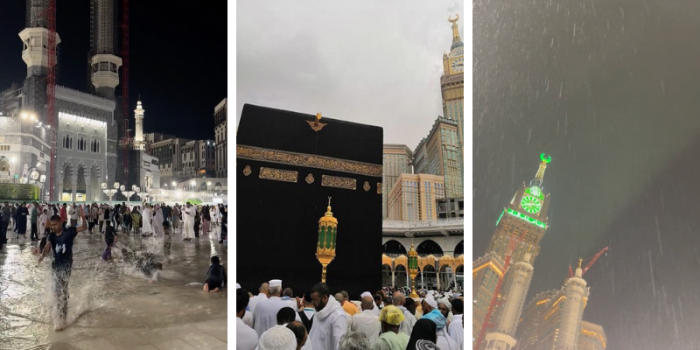Saudi Arabia is advancing its cloud seeding initiative, successfully increasing rainfall over Makkah and nearby holy sites, according to a recent study.
The study, conducted by the Regional Programme for Cloud Seeding, highlights Saudi Arabia’s efforts to boost precipitation and enhance cloud density in critical regions.
Cloud seeding, a weather modification technique, involves introducing substances like silver iodide or potassium iodide into clouds using aircraft or helicopters to stimulate rainfall.
The research team also analyzed weather patterns in the Taif Governorate and plans to present their findings at the upcoming International Rainmakers Conference, showcasing Saudi Arabia’s role in global weather modification efforts.
As the programme progresses, additional experiments are planned to build on these promising results. The findings will be shared with both the international community and local stakeholders to deepen understanding of cloud seeding techniques.
Meanwhile, earlier this year, the UAE’s Met Office debunked claims linking cloud seeding to recent heavy rains in the country. Dr. Habib Ahmed, a senior meteorologist at the National Center of Meteorology, clarified that no cloud-seeding flights were conducted during the period of unstable weather.
In April, heavy rainfall hit various parts of the UAE, including Dubai, leading to extensive flooding, disruptions on major highways, and at the international airport.


